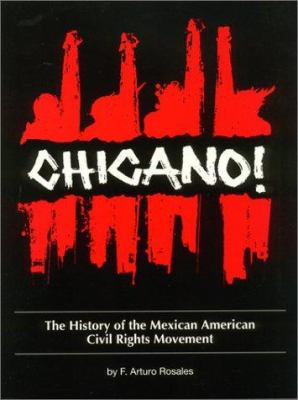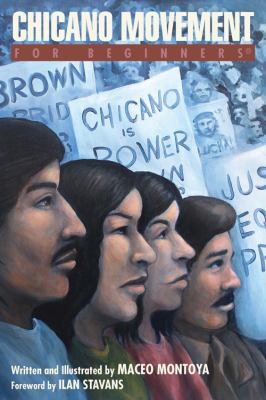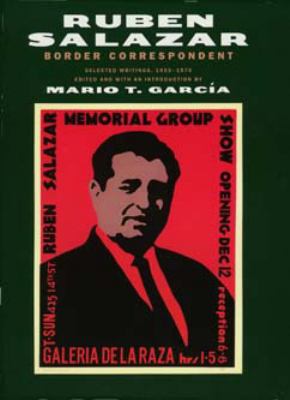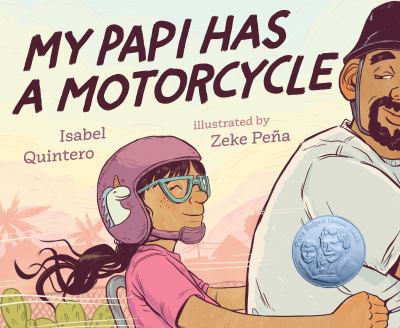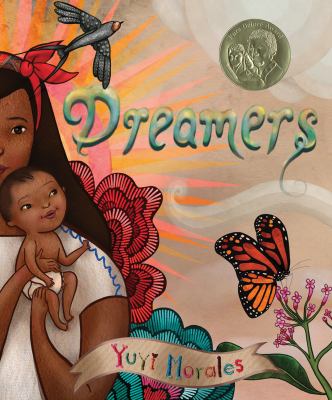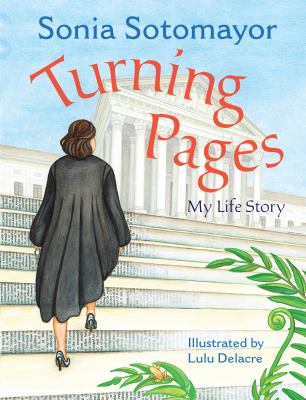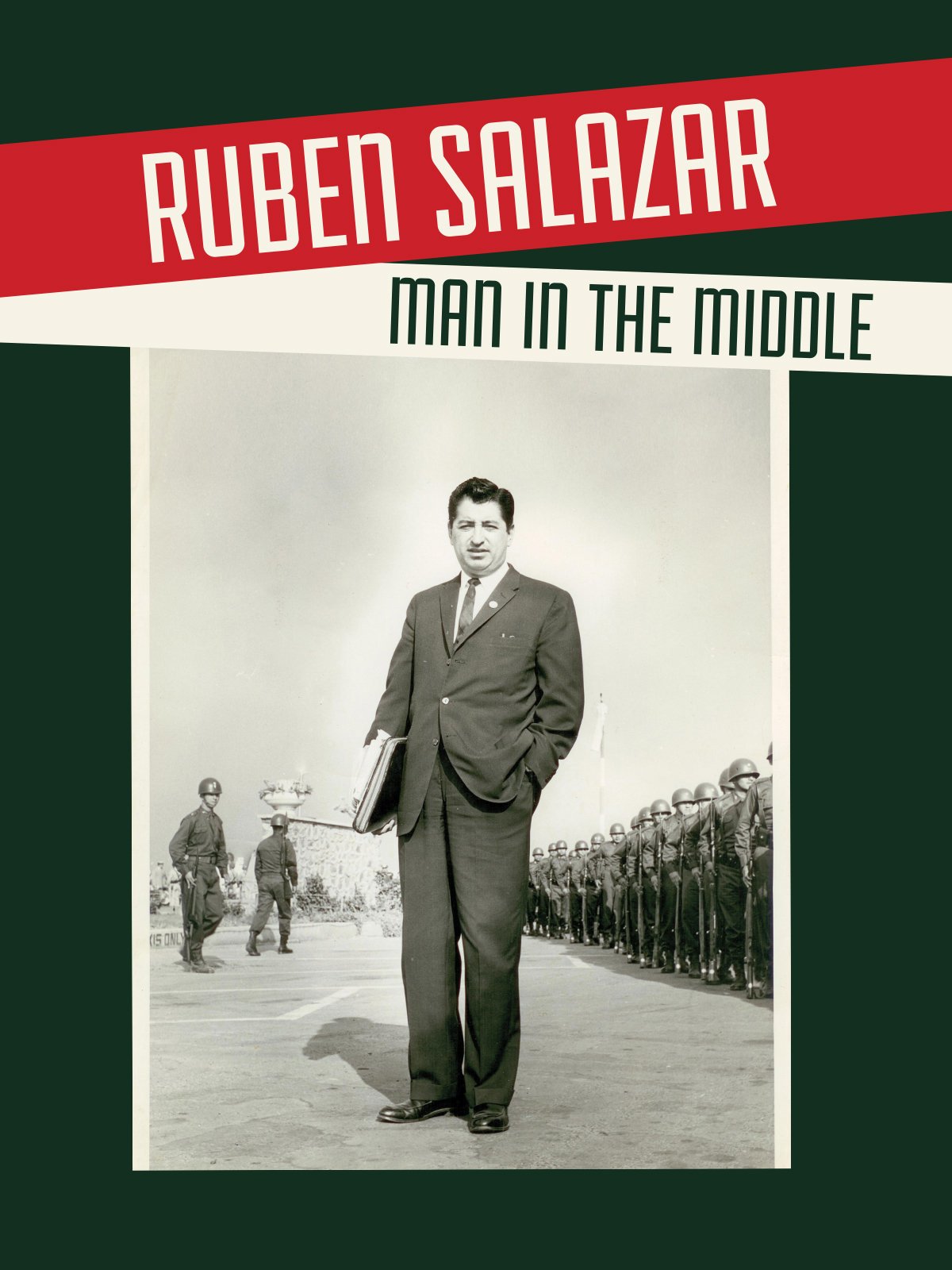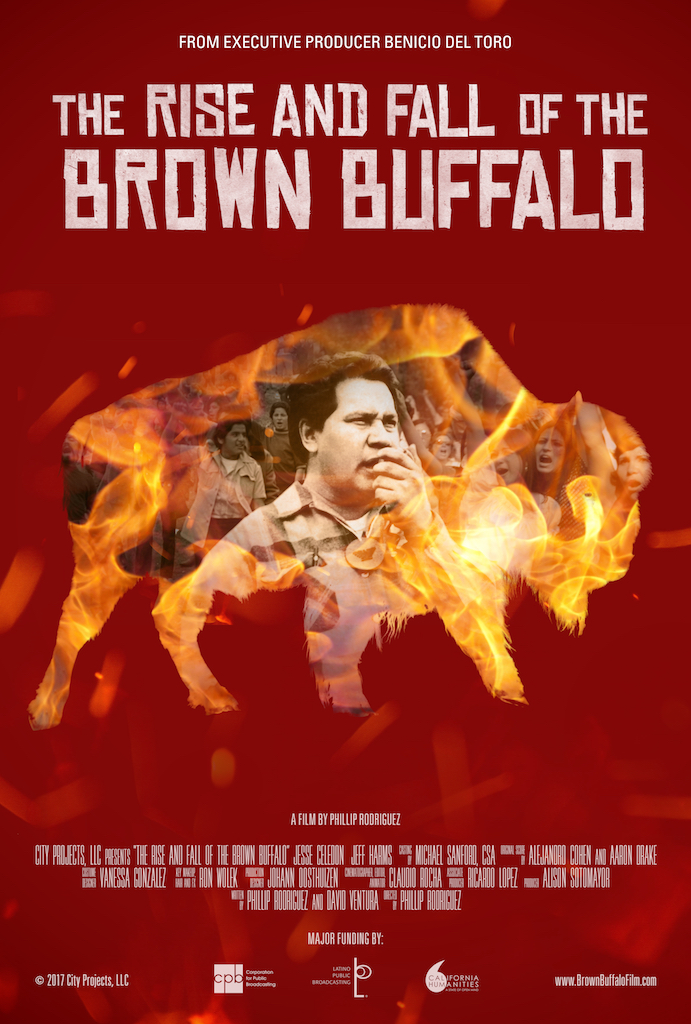Chicano Moratorium
History
The Chicano Moratorium was an anti-war movement during the late 1960s and early 1970s that became a significant moment in the fight for civil rights. Chicano activists organized demonstrations to oppose the Vietnam War, and raise awareness about the disproportionate number of Mexican Americans being drafted and killed in the war. One of the most pivotal marches in this movement took place on August 29, 1970 in East Los Angeles, starting in Belvedere Park and ending in Laguna Park (now Ruben F. Salazar Park), with tens of thousands of participants from around the nation. The peaceful, non-violent event was later broken up by local police with tear gas, resulting in violence and deaths, including that of LA Times journalist Ruben Salazar, whose writings had been bringing awareness to the issues impacting the Chicano community. The tragic events of that day became a turning point for the Chicano Rights Movement, galvanizing and strengthening the community, and inspiring politicians, artists, and activists to change injustices and instill pride in their culture.
Chicano Moratorium Booklist
Learn about the history and influential figures of the Chicano Movement.
Books for Parents and Children
A major goal of the Chicano Moratorium and the Chicano Movement was to instill pride and knowledge about the Latino community. Explore these books for children that celebrate Latino history and culture.
Films on Kanopy
Additional Information
KCET: the Chicano Moratorium Learn about the Chicano Moratorium through the oral histories of people who participated in the event, as well as their needs, experiences, and hopes. The site also offers a large collection of photos from the actual event.
UC San Diego Chicano Moratorium Virtual Exhibit An exhibit of photos with accompanying text regarding the history of the Moratorium. The exhibit is notable in its explanation of the inequities of the Vietnam War which the Chicano Moratorium attempted to address.
Ruben Salazar Project One of the best online resources to explore the life of Ruben Salazar. The site covers his life from birth to death. It includes a timeline, important documents and photos, and several articles. The site is presented in partnership with the USC Libraries and the Ruben Salazar Papers.



